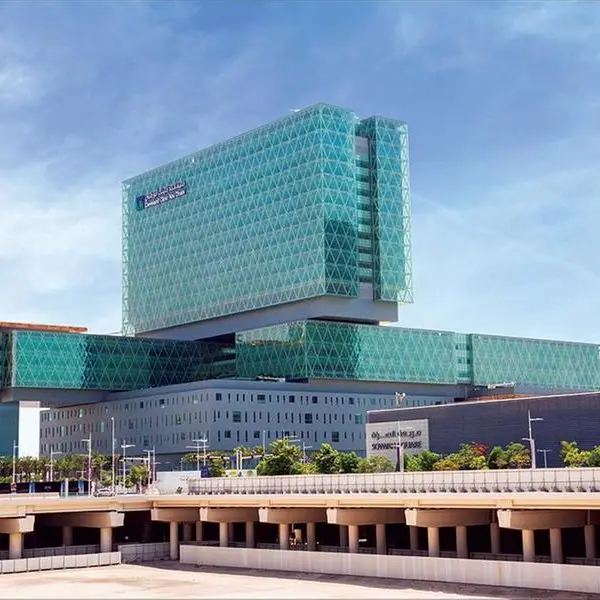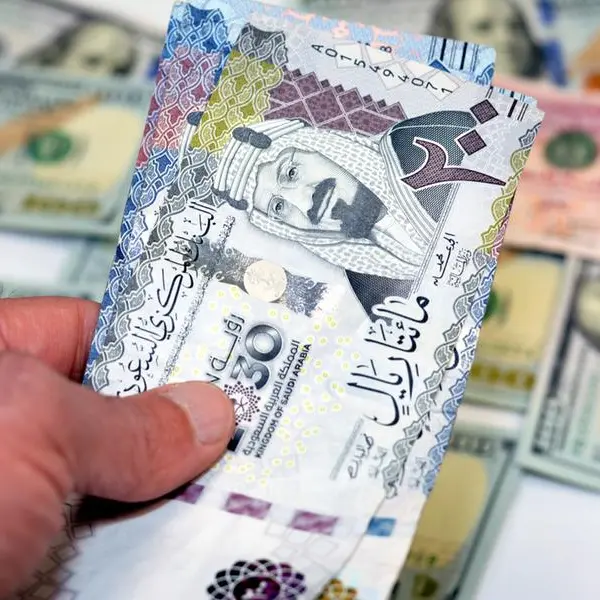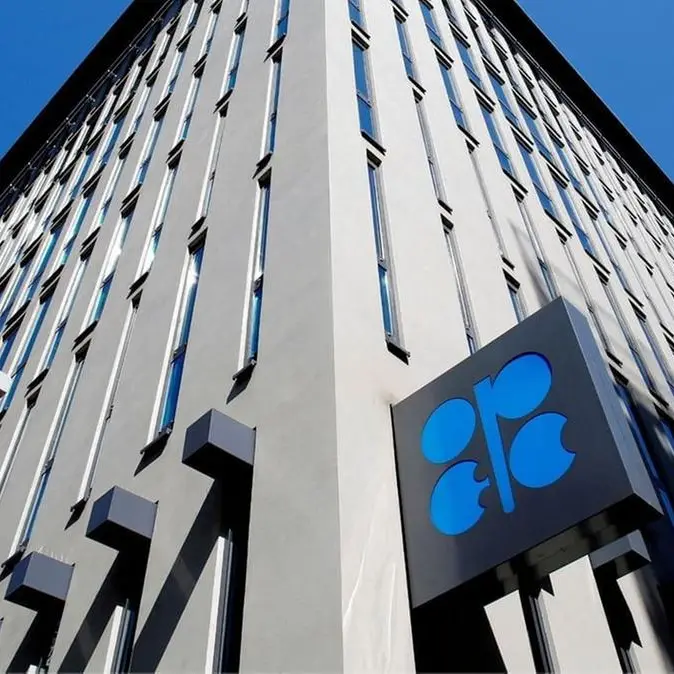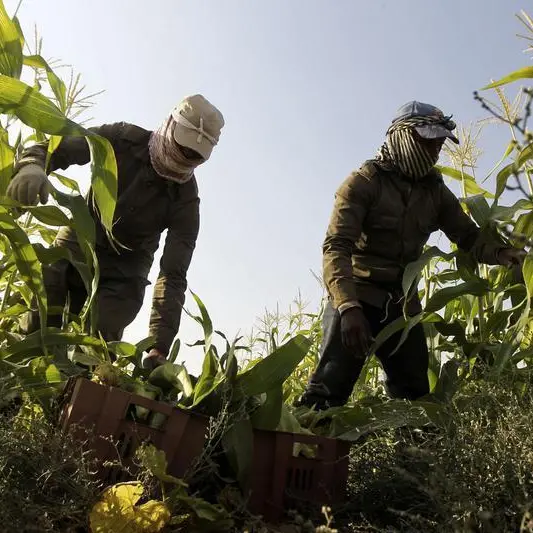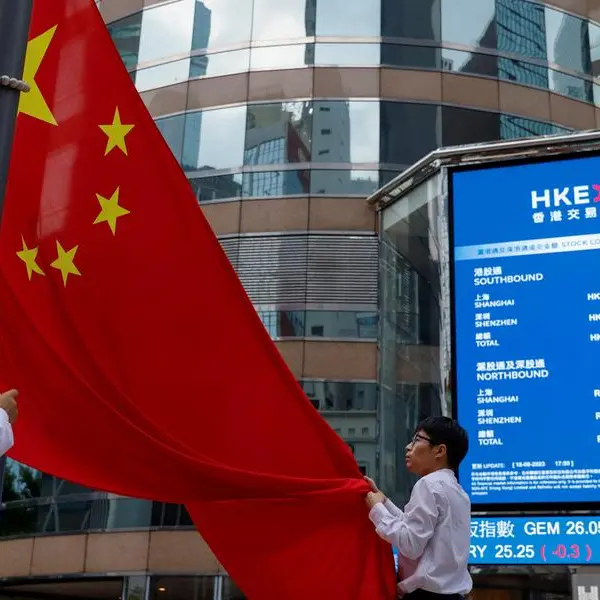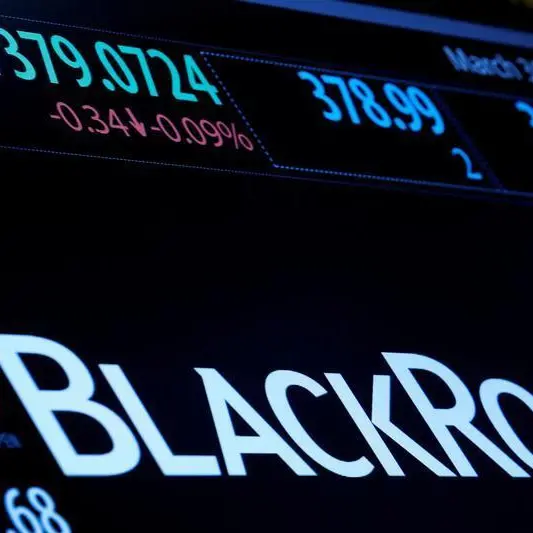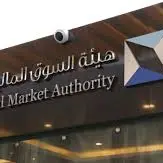PHOTO
Othman Boukrami, Deputy CEO at TCX. Image courtesy: TCX
Amsterdam-based The Currency Exchange Fund (TCX), set up by several development banks to help Least Developed Countries (LDCs) mitigate FX risks, is bolstering its efforts towards increasing business volumes while maintaining a strong capitalisation and liquidity buffer.
TCX hedges against exchange rate risk by providing cross-currency forwards and swaps to its shareholders, mostly multilateral and bilateral development finance institutions (DFIs) and microfinance investment vehicles, as well as the Dutch, German, Swiss, British, and French governments and the European Commission.
The fund, which disburses capital via its shareholders and investment banks, recently enabled the first-ever offshore synthetic bond in the Jordanian dinar, issued from FMO, the Dutch entrepreneurial development bank.
The $5m bond, listed in Luxembourg, has a term of 36 months and was sold by Citi. The proceeds will be used to fund the private sector in low- and middle-income countries to sustain inclusive and sustainable growth.
Last year, TCX facilitated a very large transaction from a European investment bank to Jordanian banks. In the process, TCX onboarded an exposure of $200 million.
“When we onboard risks on our balance sheet, we are incentivised to immediately try to promote capital market development and sell this risk to some private investors,” Othman Boukrami, Deputy CEO at TCX, told Zawya.
The fund has about $1.5 billion capital and has opened foreign exchange risks in 55 currencies. The model is based on as much as diversification as possible so that if one of the currencies tanks the other one compensates it. The maximum risk TCX takes on a currency on a net basis is $350 million.
Based on the fund’s partnership portfolio, 30% of its total business is with investment banks. Last year, TCX had offset $2.5 billion in frontier currency cross-border lending to LDCs, and about 30% of it was through investment banks.
The FMO note was visible because it was the first ever offshore note initiated in Jordanian dinar. TCX has been active in most LDCs for the last decade by onboarding exposure and recycling risk to private investors internationally through these bonds issuances.
Together with development agencies, TCX has facilitated the issuances of several synthetic local currency bonds in London or Luxembourg and across some 35 countries including those in Western Africa, Eastern Europe, Central Asia, and Latin and Central America. TCX has played a significant role in most of the bonds issued in Paraguay. It was also an enabler for the first-ever bond in the Congolese franc, in the Democratic Republic of Congo.
“The priority of the fund is Africa, where the capital markets are most the underdeveloped and at the same time there is a big need for capital for development purpose. If we move to the East, we are active in Pakistan, Myanmar, Cambodia and most of the -stan countries,” Boukrami said.
“We need to recycle more risk to the private sector, so we need to do much more of the Jordan-type deals going forward, and we will,” he added.
Road ahead and challenges
TCX manages its exposure through capital provided by development agencies and governments and by de-risking to the private sector. While the former requires asking governments and development finance community to inject more funds, the later is like the Jordan deal, where the public is providing the capital and TCX recycles the risk to the private sector.
“We are actively talking to regional development banks for capital injection. If our exposure onboarded from the public sector is scaled up, we will need to define a new strategy, most probably we will approach the G20 and OECD countries for substantial capital increase. Exchange rate risk is a key factor preventing reaching the Sustainable Development Goals as well as alleviating poverty. Mitigating the risk would allow a more effective and sustainable aid from donor countries,” he said.
TCX, which has closed a few transactions in the public sector, notably in Paraguay and Jamaica last year, is pushing ahead with its strategy to focus on derisking the sector. “In such cases, public entities including ministries of finance and central banks will borrow synthetic local currency loans because these countries still need dollars in their reserves to meet external obligations but without the exchange rate risk,” Boukrami said.
Last month, Moody’s upgraded TCX’s credit rating to Aa3 with stable outlook.
The European Commission approved an unfunded investment of €245 million, in addition to its existing guarantee of €145m. In June 2023, the International Finance Corporation provided equity of $15 million.
TCX is confident it can attract support from its investors that could fuel business expansion. It is in talks with many multilateral and bilateral DFIs that are considering becoming shareholders and is considering engaging sovereign wealth funds in the Gulf countries.
“The GCC sovereign wealth funds are not existing sponsors or capital providers but are certainly part of the strategy going forward. The GCC countries have become major wealth accumulators. So, if u want to seek investors or supporters, there is certainly a need or subject in the region,” Boukrami said.
“We have indirect relations with wealth funds in Abu Dhabi. For instance, they have been buying some of the exposure that we have been selling to the market because they have large funds to invest and are driven by impact,” he added.
Significant growth was initiated last year. In 2022, the fund onboarded $1.4 billion by derisking DFIs loans to developing countries; in 2023, it was $2.3 billion.
“We will end 2024 at about $2.5 billion of exposure hedged this year. So we are still on an upward tick in terms of production,” Boukrami said.
Its capital ratio stood at a strong level of 26% of risk weighted assets (RWAs) as of July 2024, well above TCX's target ratio of 20%.
(Writing by Seban Scaria; editing by Daniel Luiz)

